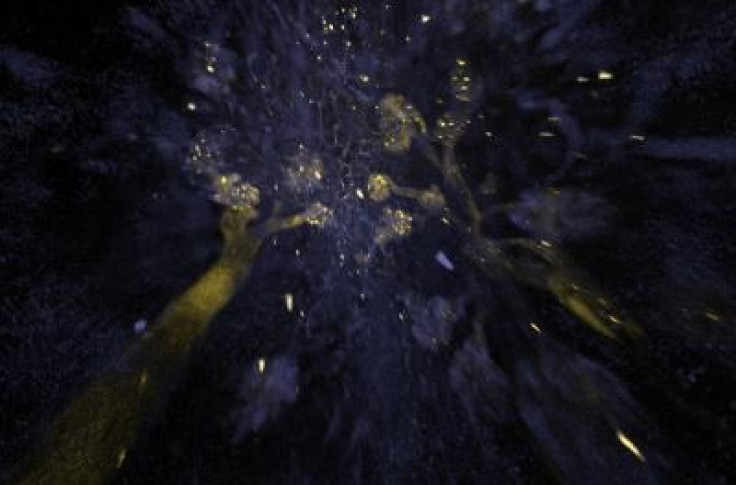3D Transparent Organs Will Help Doctors Make Better Diagnoses, Biomedical Discoveries

Being able to see through the walls of our organs could conceivably help doctors understand inner cellular connections and fine-tuned processes going on inside of us. Now new research has pushed scientists a little closer to that. California Institute of Technology (Caltech) researchers have found a way to make opaque organs, tissue, and bodies transparent while maintaining cellular structures and connections.
Transparent organs will ultimately lead to a better understanding of brain-body interactions, which can help in more accurate diagnoses and disease monitoring. The technique could be useful in developing therapies for various disorders — from autism to chronic pain. The process, known as “tissue clearing,” has been around since the 1800s — but it has frequently been damaging to tissue and the body’s more fragile structures. In the past, tissue clearing typically relied on chemicals that left many important tissues unobservable. Now, Caltech researchers combined various approaches to maximize tissue clearing and reach a 3-dimensional and transparent “whole-body” view.

“Although the idea of tissue clearing has been around for a century, to our knowledge, this is the first study to perform whole-body clearing, as opposed to first extracting and then clearing organs outside the adult body,” Viviana Gradinaru, lead author of the study, said in the press release. “Our methodology has the potential to accelerate any scientific endeavor that would benefit from whole-organism mapping, including the study of how peripheral nerves and organs can profoundly affect cognition and mental processing, and vice versa.”
In the past, researchers used a technique called CLARITY in order to map out the brain transparently and 3-dimensionally. Now they’re using CLARITY in a new way to map out more than just the brain — and reach the whole body. To do this, they used an optimal type of hydrogel (gel) that lets detergents remove lipids from tissue, known as “passive CLARITY technique,” or PACT. They were able to speed up the tissue clearing process without any tissue damage by delivering hydrogel and clearing reagents into the bloodstream of rodents, and clearing organs like the kidney, lung, heart, and intestines.
“Our easy-to-use tissue clearing protocols, which employ readily available and cost-effective reagents and equipment, will make the subcellular interrogation of large tissue samples an accessible undertaking within the broader research and clinical communities,” Gradinaru said in the press release.



























